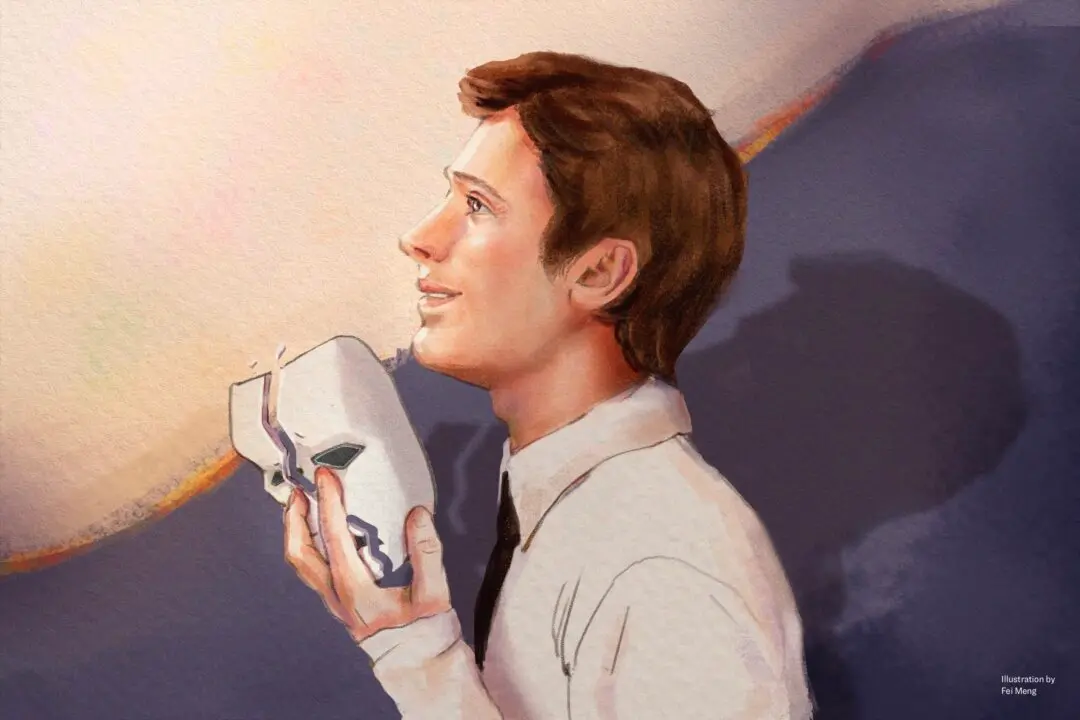President Joe Biden was confirmed to be infected with COVID-19 on July 21, 2022. Biden had received four doses of vaccine, but why is he still infected with BA.5?
Just a few days after his initial recovery, on July 30 Biden got COVID again: White House doctor Kevin O’Connor said that it was a Paxlovid rebound case. Why doesn’t the current antiviral drug work on Biden?






